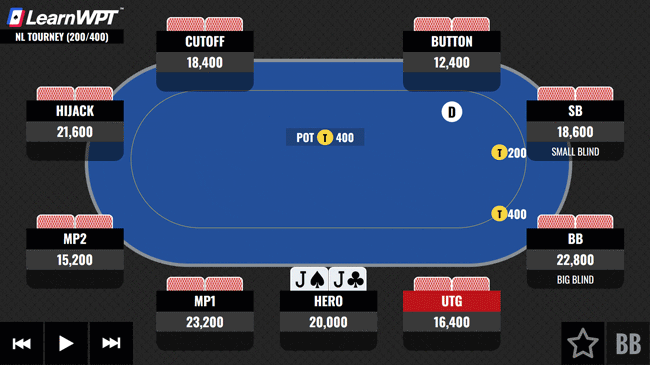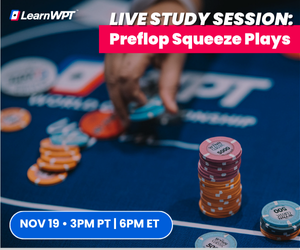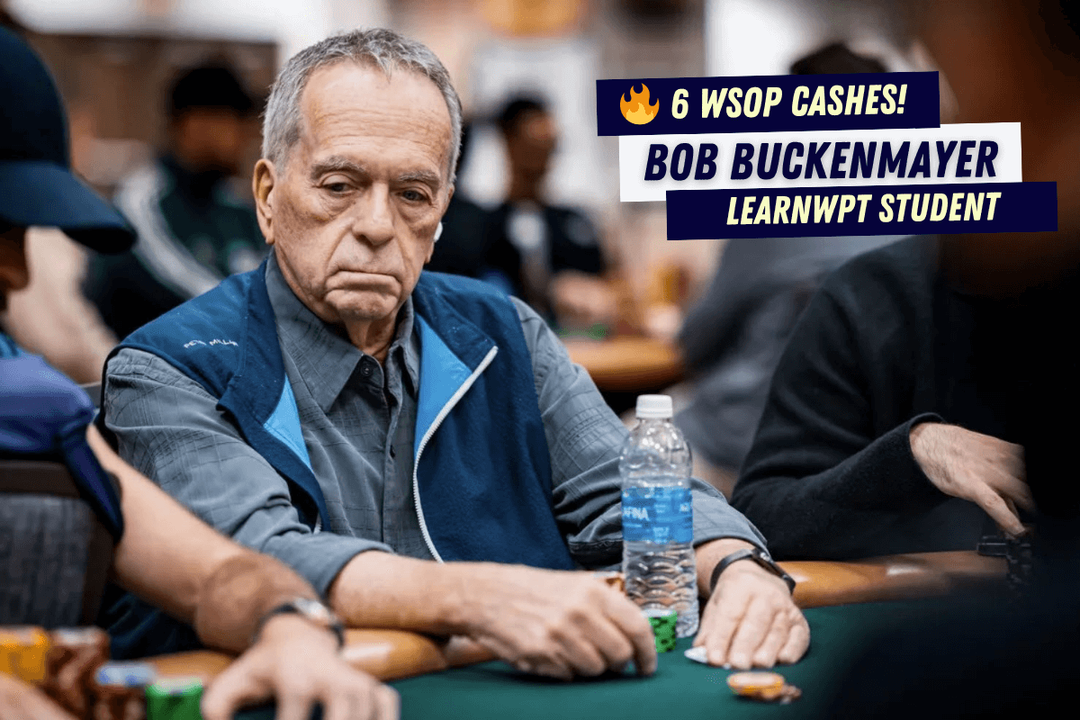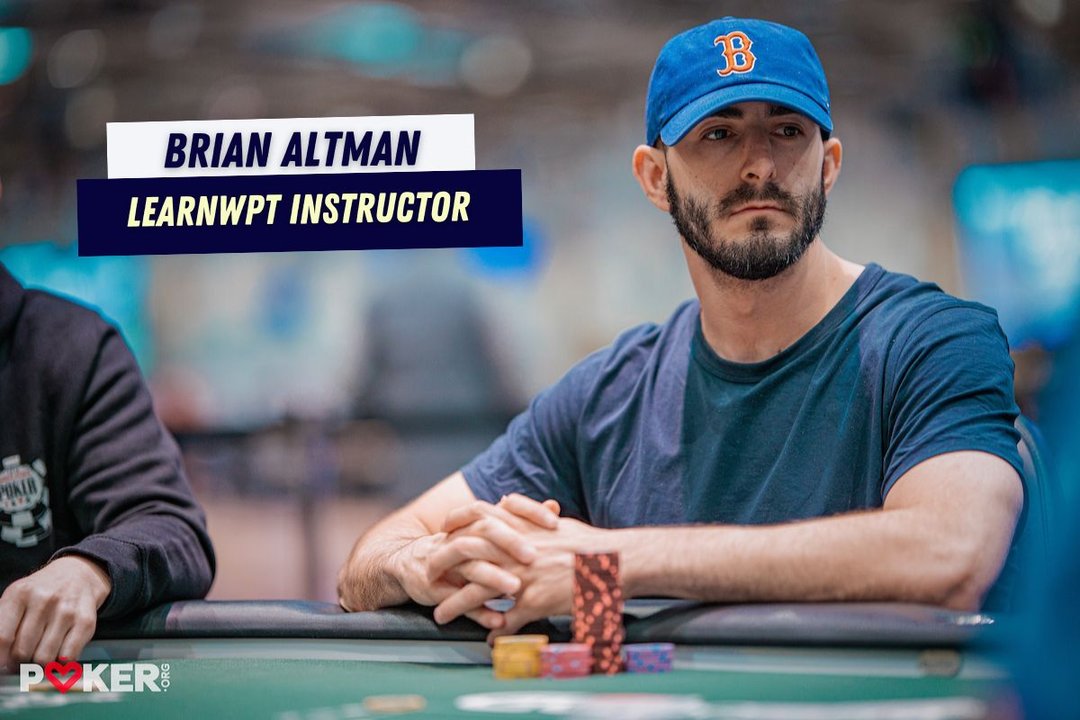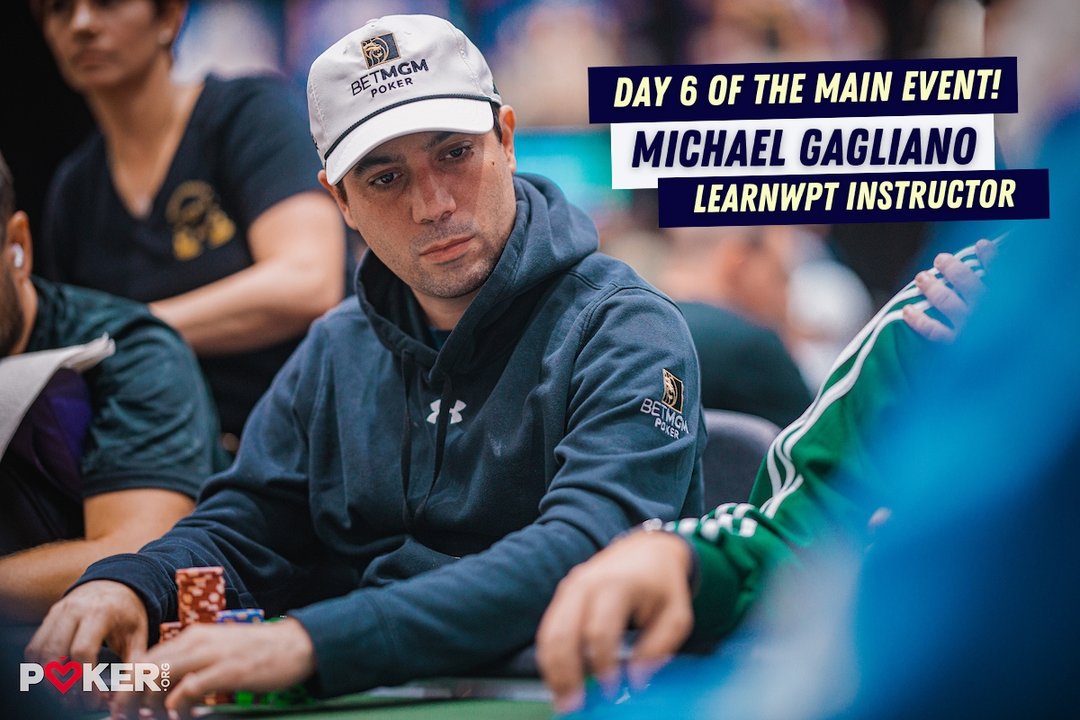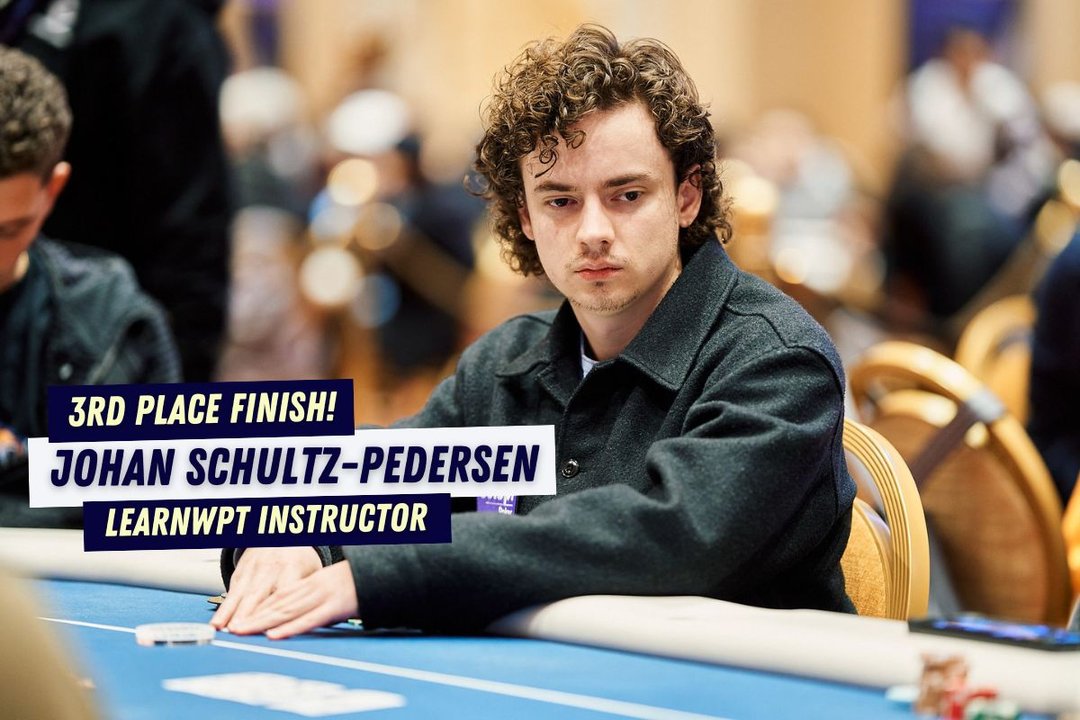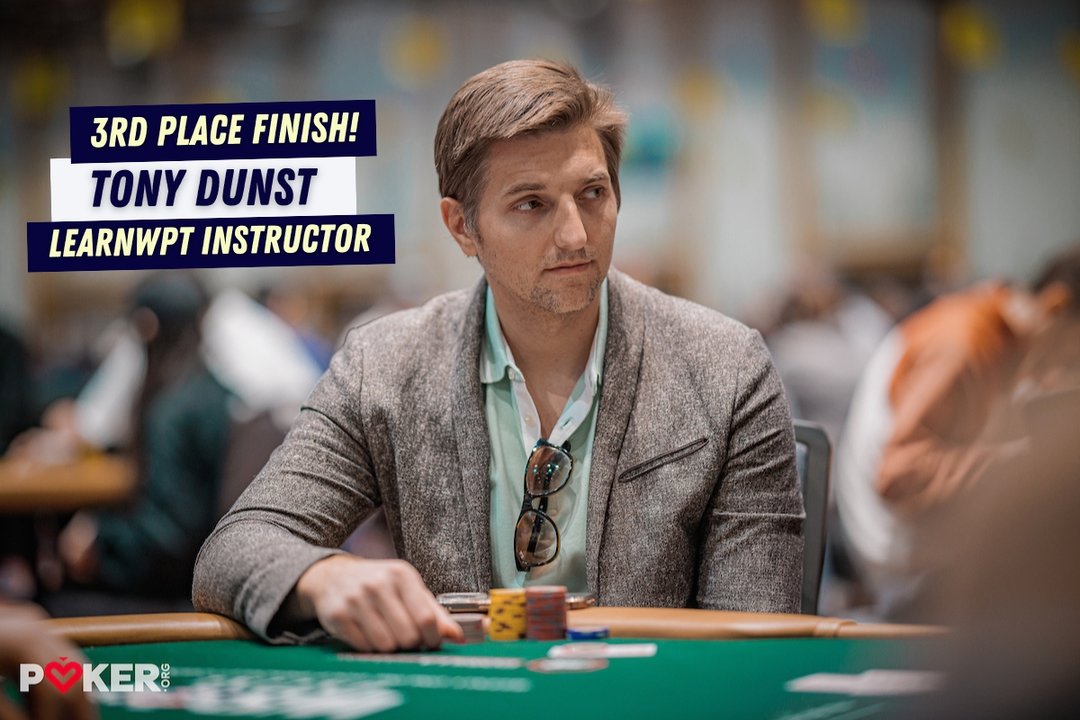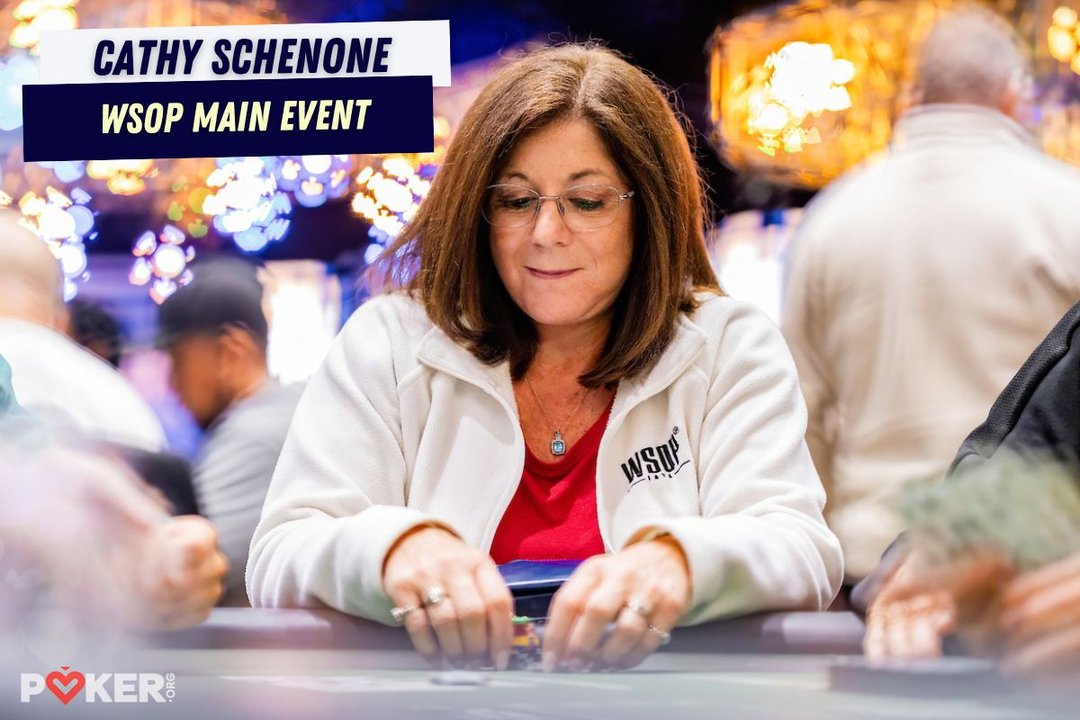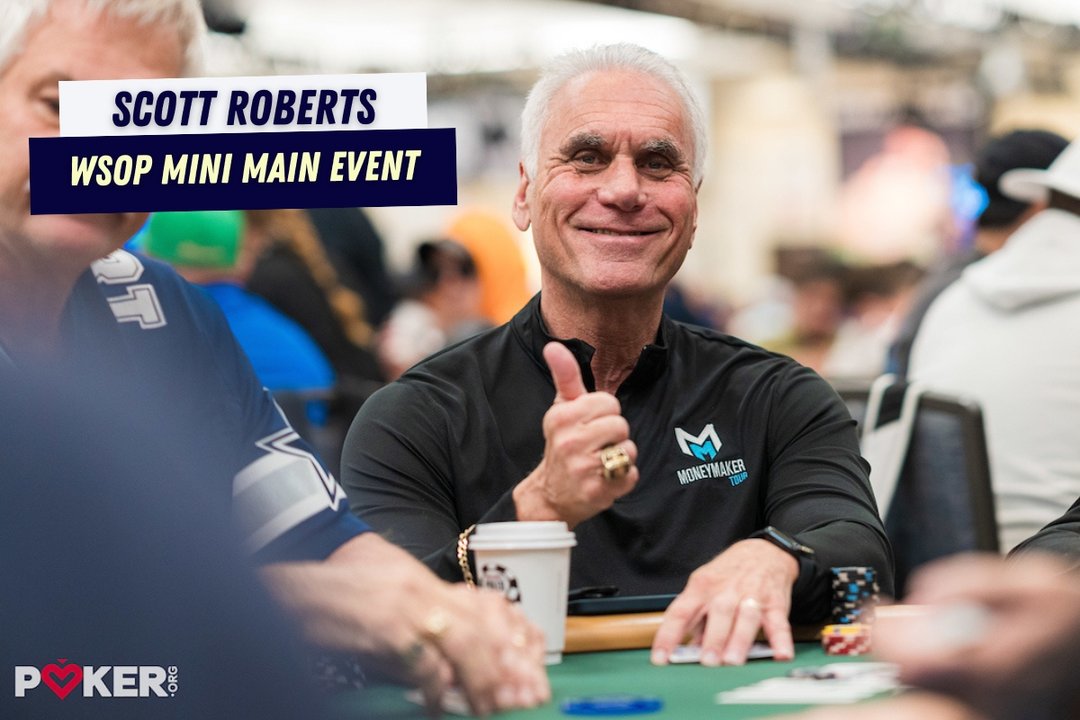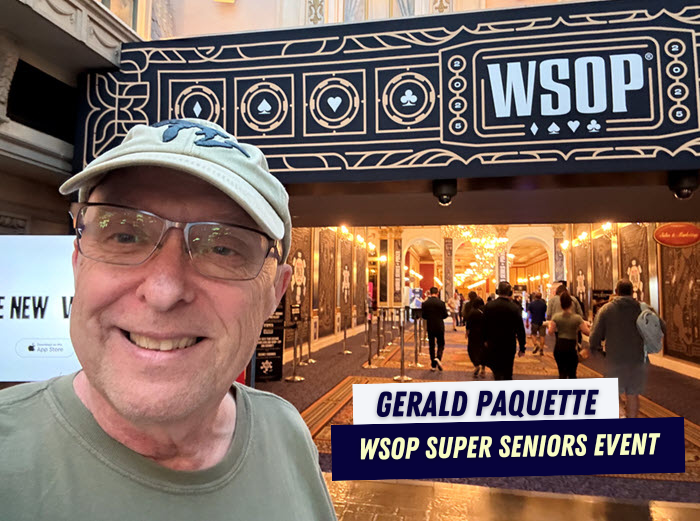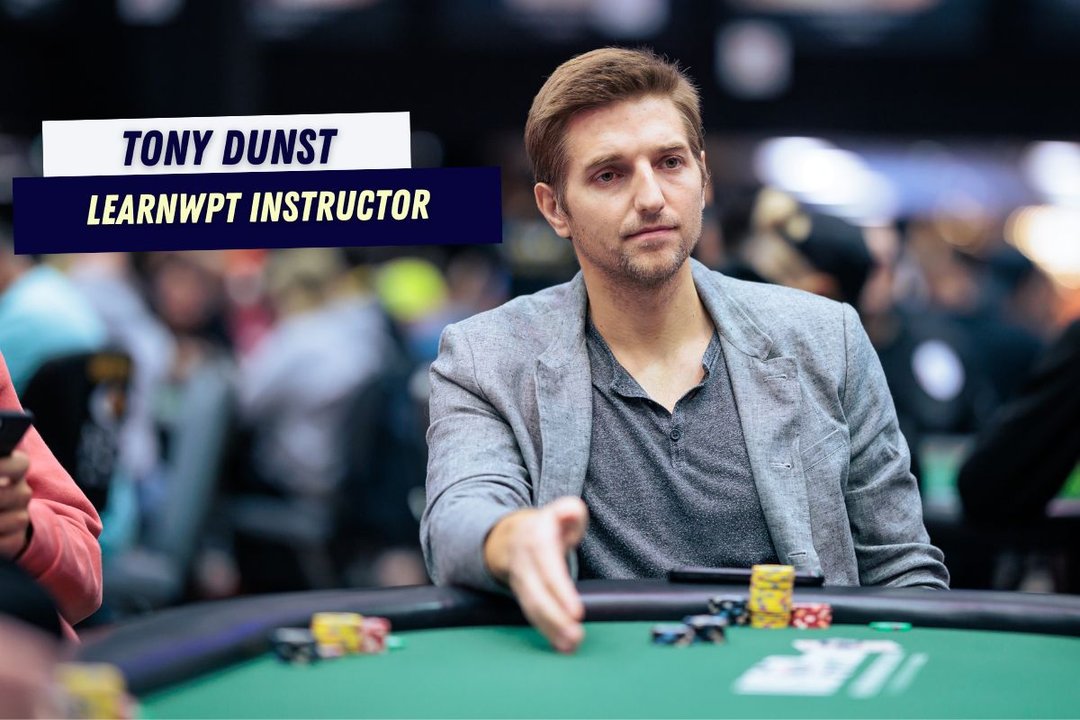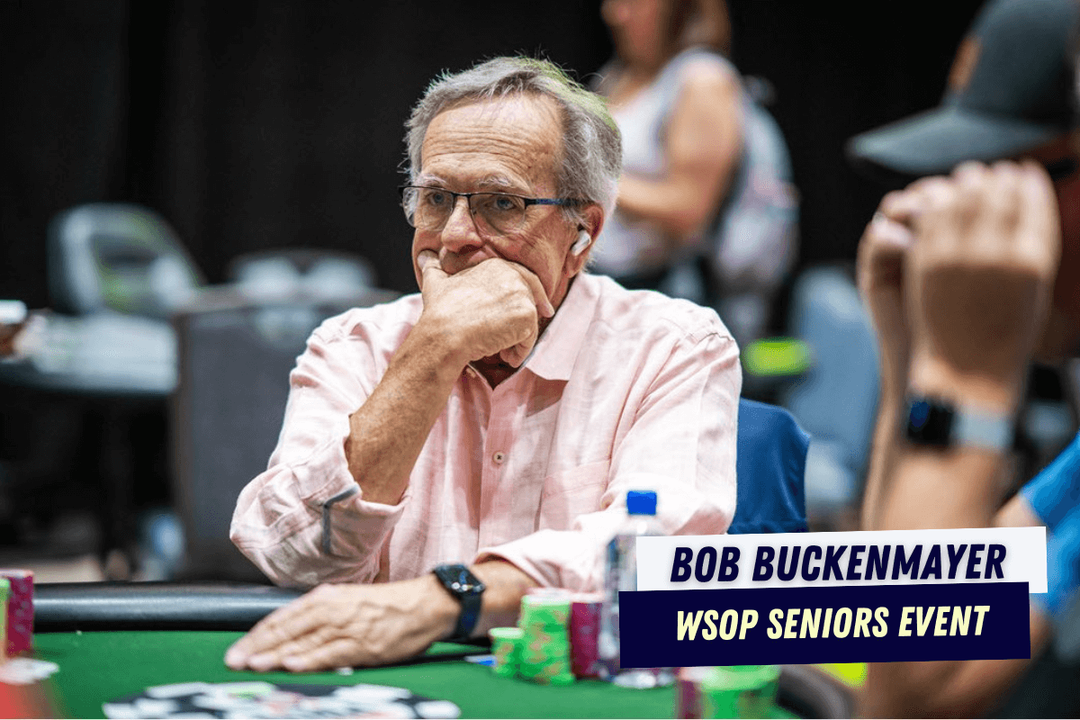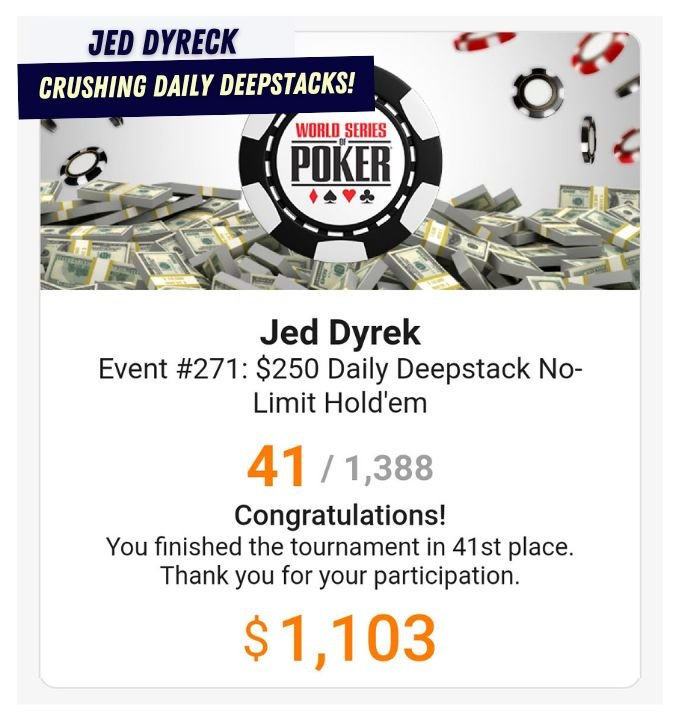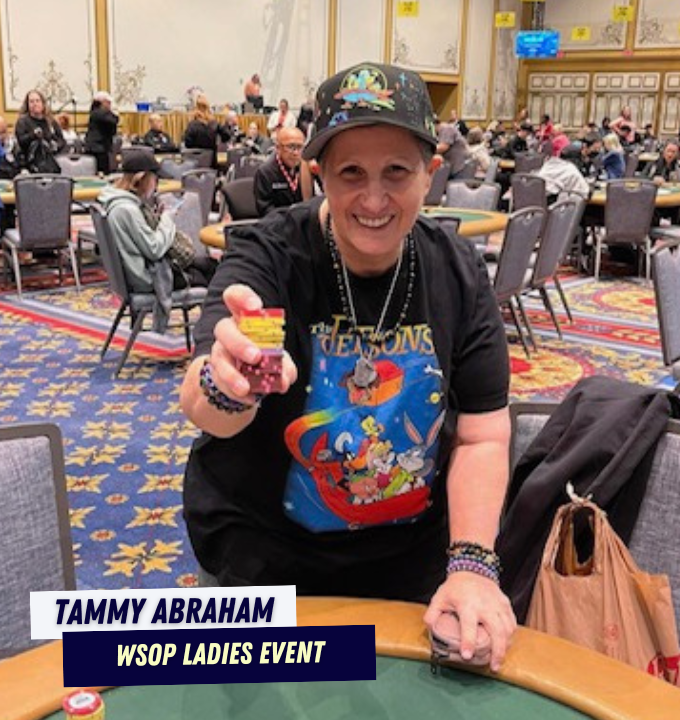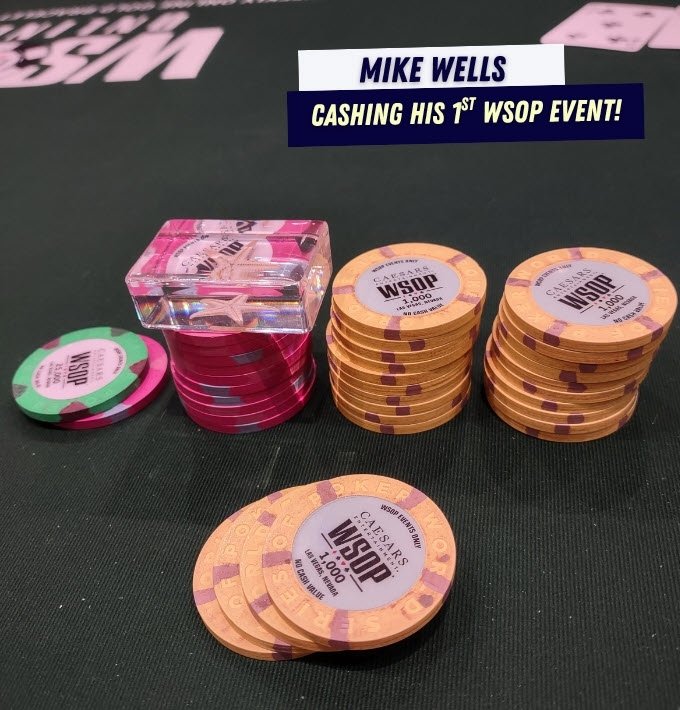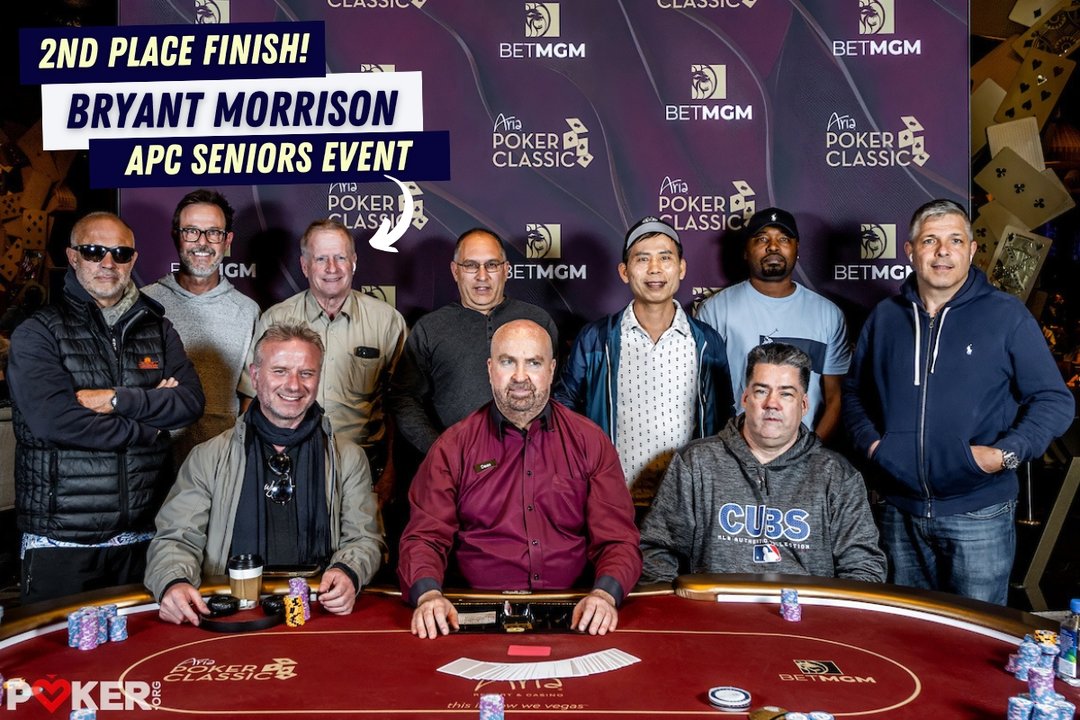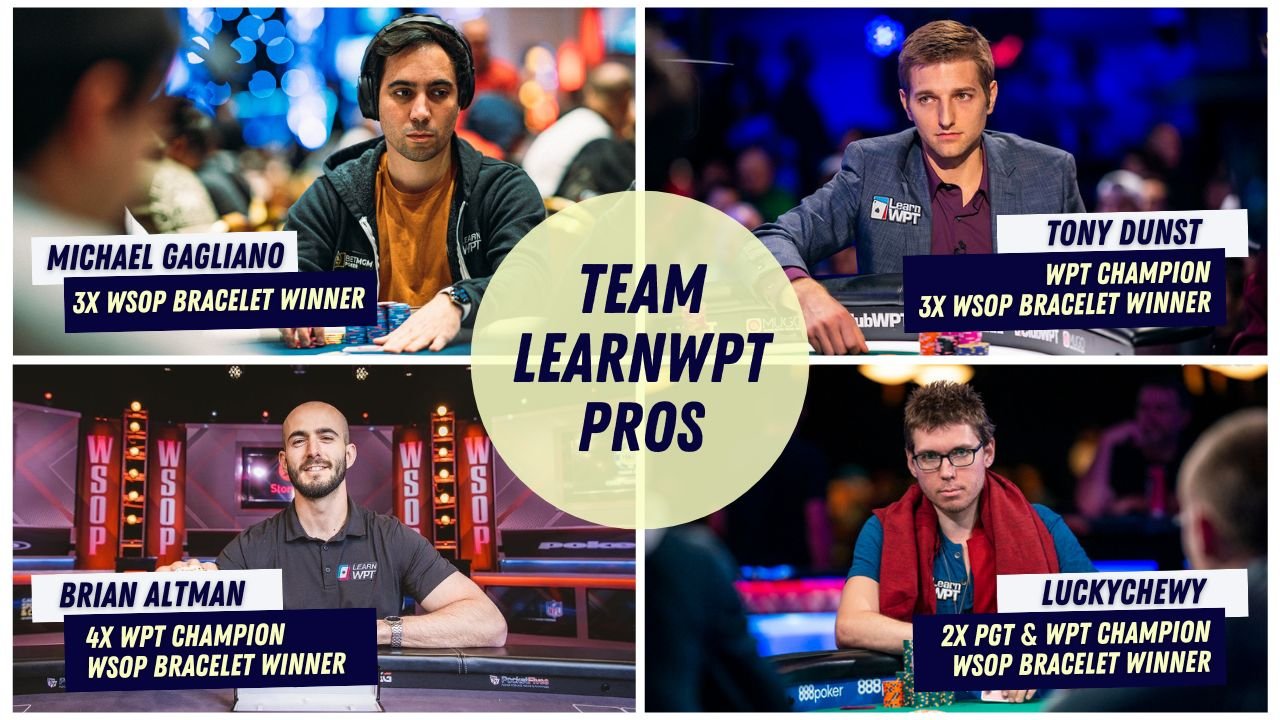Poker Quiz! In Early Position With J♠J♣ Vs a GTO-Style Pro...
DECISION POINT: You’re playing in a big regional tournament series with a mix of locals and traveling professional players. The blinds are 200/400 with a 400 big blind ante and you have 20,000 chips to start the hand. From Under the Gun you raise to 1,000 with J♠J♣ and it folds around to the Big Blind, who is a pro known for their GTO-style play, and they just call. Your opponent checks the Q♣8♥8♦ flop and action is on you. What do you do here?
PRO ANSWER: We are playing in a bigger regional tournament series with a mix of locals and traveling professional players. The tournament is still in the early stages, with 200/400 blinds and a 400 big blind ante. The player in the Big Blind is a traveling professional known for GTO-style play. We are UTG+1 and have 20,000 chips to start the hand.
The UTG player folds, and we look down at J♠J♣ and elect to make a standard first-in raise to 1,000. Our remaining opponents fold except for the Big Blind, who flat calls with just over 22,000 chips behind. The flop is Q♣8♥8♦ and the Big Blind checks.
When deciding if we should continuation bet or not, the focus should start on how our range and our opponent’s range interact. As an early position raiser, our range doesn’t contain a lot of 8x combos, while the Big Blind is calling with a wide range that contains many more 8x hands. We do have some over pairs and some strong Qx hands, however it’s much harder for us to have connected strongly with this particular board than it is for our opponent.
The Big Blind’s range still has a lot of random hands that haven’t connected with this board in any meaningful way. Given that our opponent utilizes GTO strategy we can reasonably assume they will be aware of the huge difference between the two ranges and adjust by check-raising a variety of hands that includes some 8x plus a fair amount of bluff combos with some sort of backdoor equity.
Continued below...
Since our ranges interact in this awkward way, a polarized continuation betting strategy is preferred. This will allow us to keep bluffs in our range that benefit when the Big Blind is forced to fold hands that completely miss the flop, along with strong hands that can withstand the inevitable check-raises that come with some frequency from our GTO-style opponent.
Since pocket jacks don’t get much benefit from making many of the complete misses in our opponent’s range fold, JJ becomes a great candidate to check behind against this kind of opponent. In fact, JJ benefits a lot when the Big Blind calls with hands such as 64s that they would normally fold to a continuation bet but would potentially use as a low-equity bluff candidate on the turn.
If we are playing an opponent who is either incapable of check-raise bluffing with appropriate frequency or plays extremely fit-or-fold, we can continuation bet more frequently. However, against a GTO-style player we will get check-raised and be forced to fold our hand far too often to make continuation betting the best play.
Checking is the best play.
How would you play it?
Share your answer in the comments below!
Improve Your Game Today!
Join LearnWPT and Get:
- The WPT GTO Trainer to play real solved hands and get instant feedback on YOUR leaks (over 4 BILLION solved spots!)
- On-demand access to our full library of 500+ (and growing) in-depth Strategy Episodes from world-class players
- All of your poker questions answered with the Ask a Pro Feature
- Expert analysis from LearnWPT Pros using The Hand Input Tool
- Downloadable Tools you can use at and away from the tables
- Learn from a Team of world-class Professional Players
To join (just $5 your 1st month) click the JOIN NOW button and start improving your game!
Have Questions about LearnWPT? Email us at [email protected].
